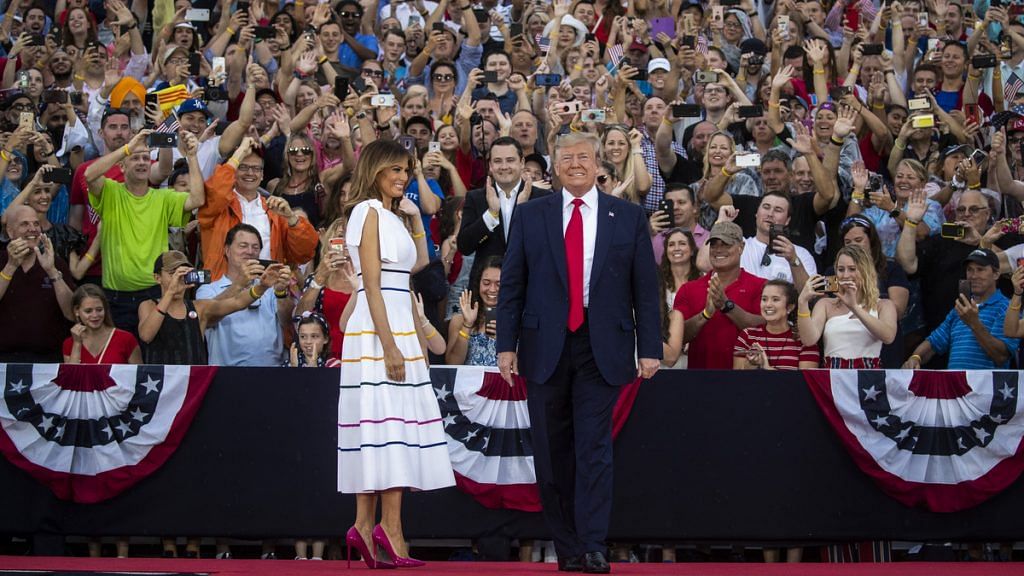US president misfires on Fourth of July parade
US President Trump ordered a large military parade for Fourth of July celebrations involving tanks, gun salutes and flyovers by fighter jets and Air Force One. Several metro stations were shut down and extra security was hired so that Trump could make a speech at the Lincoln Memorial in Washington, DC.
Around $2.5 million from national park funding was used to partially cover the costs of the celebration. Democrats have decried the celebration as an expensive campaign rally for Trump’s re-election bid, while a Forbes writer has called it an insult to 9/11 survivors.
Has the US always had military parades?
Fourth of July celebrations in Washington typically consist of fireworks and patriotic songs, with no elaborate speeches or parades. The Fourth of July is the US’s independence day, and while it’s a patriotic holiday, it is not a political one.
Trump got the idea after being invited to the military parade at France’s Bastille Day celebrations in Paris in 2017, calling it “the best parade he’d ever seen”. He initially wanted a military parade for Veterans’ Day 2018, but the $92 million cost and strong local opposition forced him to cancel the plan.
France’s parade has a long history
The Bastille Day military parade dates back to 1880, when the French declared Bastille Day to be a national holiday. Bastille Day marks the storming of a French prison in 1789 that is considered by most historians to have ignited the French Revolution, and there are celebrations all over the country and throughout its diaspora.
The military parades have evolved from being celebrations of nationalism to include members of other countries’ militaries or service personnel too, demonstrating the strength of military partnerships between France’s allies, integration with the European Union, or decolonisation of African countries. Troops have been included from the EU and also from countries such as India and Mexico, as well as the UN.
There is strong symbolic value that extends beyond the military – recognising various sectors of global society for their services. In 2015, anti-terror squads marched alongside the military to recognise their actions in the aftermath of the Charlie Hebdo massacre and emergency first responders were given accolades.
The French parade differs from the Soviet-style military parades seen in countries such as Russia and North Korea, which are more about demonstrating military might and inciting nationalism. Critics have said that Trump’s parade emulated the latter, rather than the more celebratory French parades.
“If [a parade is organised because of a] personal desire of Trump, because he sat at the Champs-Elysees, then it becomes political,” Nicholas Dungan, a France-based senior fellow with the Atlantic Council, said. “In France the parade isn’t political, though. It’s part of this nation.”
